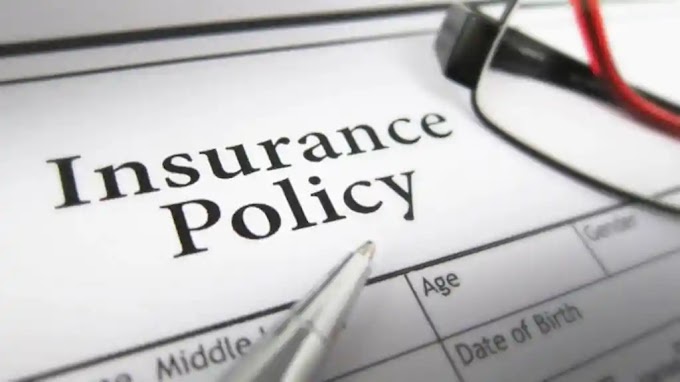If you're interested in trading but only have a small amount of money to invest, don't worry! You can start trading with just $100, as long as you're willing to put in some time and effort to learn the basics of trading.
Here are some steps you can take to start trading with $100.
- Choose a broker: The first step to trading is to choose a broker. Look for a broker that has low fees, offers a variety of assets to trade, and has a user-friendly platform. Some popular brokers include Robinhood, E*TRADE, and TD Ameritrade.
- Decide what to trade: Once you have chosen a broker, you'll need to decide what to trade. You can trade stocks, bonds, ETFs, or cryptocurrencies. Stocks are a popular choice for beginners because they are easy to understand and trade.
- Set a budget: With only $100 to invest, you'll need to set a budget for each trade. You should aim to only risk a small portion of your account on each trade, usually no more than 2-3%. This means that your maximum loss on any trade will be $2-$3.
- Research and analyze: Before you make any trades, you'll need to research and analyze the market. Look at charts and news articles to understand the trends and patterns in the market. Use this information to make informed decisions about when to buy and sell.
- Practice with a demo account: Many brokers offer demo accounts that allow you to practice trading without risking real money. This is a great way to get comfortable with the platform and test out your trading strategy before investing real money.
- Start small: When you're ready to start trading with real money, start small. Make trades that only risk a small amount of your account, such as $5 or $10. This will allow you to gain experience and confidence without risking too much money.
- Learn from your mistakes: No one is perfect, and you will make mistakes when trading. It's important to learn from these mistakes and adjust your strategy accordingly. Keep track of your trades and analyze what went wrong and how you can do better next time.
- Diversify your portfolio: Diversification is important in trading, as it helps to spread out your risk. Instead of putting all your money into one asset, consider investing in a variety of assets. This can help to mitigate your losses if one asset performs poorly.
- Stick to a trading plan: It's important to have a trading plan and stick to it. This includes setting a stop-loss order, which is a predetermined price at which you will sell the asset to limit your losses. Stick to your plan even when the market is volatile or emotions are high.
- Keep track of your progress: Keep a record of your trades and review them regularly. This can help you to identify patterns in your trading and make adjustments to your strategy. It can also be motivating to see your progress over time.
- Learn from others: There are many resources available to help you learn about trading, including books, online courses, and forums. Seek out the advice of experienced traders and learn from their successes and failures.
- Be patient: Trading takes time and patience. Don't expect to make a fortune overnight. Instead, focus on making consistent gains over time. Remember, trading is a marathon, not a sprint.
- Manage your emotions: Trading can be emotional, especially when you see your investments fluctuate in value. It's important to manage your emotions and not let them dictate your trading decisions. Stick to your trading plan and don't make impulsive decisions based on fear or greed.
- Keep up with market news: Keep yourself informed about the latest news and events that could affect the markets. This can help you make informed decisions about your trades and adjust your strategy accordingly.
- Consider dollar-cost averaging: Dollar-cost averaging is a strategy where you invest a fixed amount of money at regular intervals, regardless of the price of the asset. This can help to smooth out the ups and downs of the market and reduce the risk of buying at the wrong time.
- Use technical analysis: Technical analysis involves using charts and indicators to identify patterns and trends in the market. This can help you make better-informed trading decisions and improve your chances of success.
- Be realistic about your expectations: It's important to be realistic about your expectations when trading with a small amount of money. Don't expect to get rich quick or make huge profits overnight. Instead, focus on making consistent gains over time.
- Don't be afraid to ask for help: If you're struggling with trading or have questions, don't be afraid to ask for help. Seek out the advice of experienced traders or consider working with a professional financial advisor.
Trading with $100 can be a great way to learn the basics of trading and gain experience without risking too much money. By following these tips and strategies, you can increase your chances of success and achieve your trading goals. Remember to be patient, stay informed, and don't let your emotions get the best of you. Good luck!











